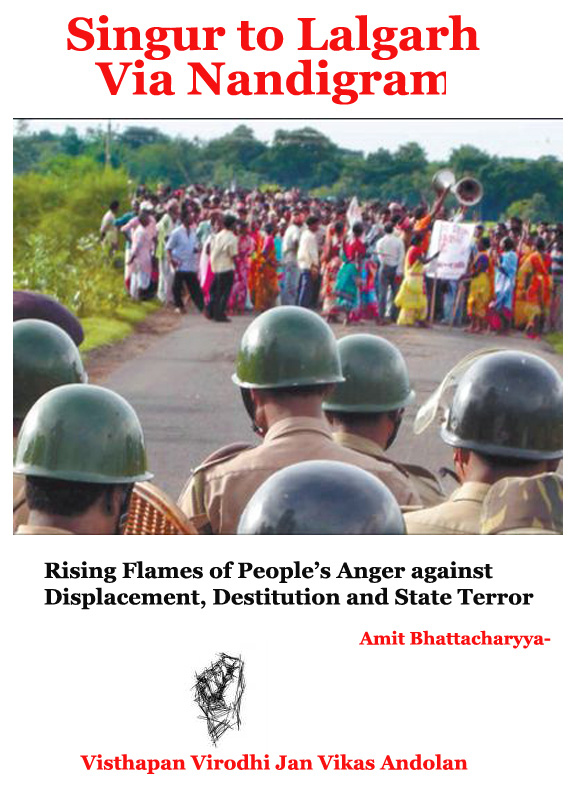June 23, 2011, Source:Sanhati
By Anirban Kar

Even in this era of finance and globalization rural land ownership still occupies a central position in political economy of India. Peoples’ resistance, be it in Sompeta or in Narayanpatna, has revolved around similar aspirations; that of secured ownership of land. On the other hand, opposition to tenancy reform in Bihar and disbanding of Amir Das commission investigating Laxmanpur Bathe massacre show how desperate big landowners are to hold on to their privileges.
Since 60 percent of Indian population live in rural areas and about 60 percent of the total Indian labour force is engaged in agricultural activities, it is perhaps obvious that one cannot ignore the land question while ascertaining the structure and dynamics of Indian political economy. However the broader question which has occupied academics and activists since the 70s is: what is the nature of exploitation in rural India? In particular, to what extent capitalist mode of exploitation has replaced semi-feudal exploitation that India inherited from colonial period. Change in the structure of exploitation is a real possibility because Indian rural economy has got increasingly integrated with the global circuit of capital over the last forty years. The first major wave came in the 70s through ‘green revolution’ and later a bigger one in the 90s through ‘liberalization, privatization and globalization’. There is now enough evidence (see for instance, [KW] and [AC] especially in the context of rural Bihar) to show that the former failed to change the fabric of exploitation in Indian hinterland. But what can we say about the second wave of ‘reforms’? Has it really brought significant changes in the structure of exploitation in the rural landscape?
Two caveats are called for. First, this note does not aspire to answer the above question, which requires, among other things, extensive as well as intensive macroeconomic analyses well as case studies (see for instance, [BB] and [AS] respectively; both argue in favour of capitalist mode of exploitation). While some facts about land ownership has been discussed widely in the recent past (see [BB] and [VKR]), such as, increasing fragmentation of land, decreasing surplus from agriculture and a stagnant workforce locked in agriculture; some others have escaped our attention. In this small note, I shall try to highlight a few such factors. Second, this note will be primarily based on evidence from Bihar and considering the uneven development of India I shall not claim any universality for my propositions. Read the rest of this entry »


























 The legendary leaders like Lalmohan Tudu, Sidhu Soren, Umakanta Mahato, Shoshodhar Mahato and many more died in “encounters” with the joint forces in West Medinipur’s Lalgarh region. People’s Committee Against Police Atrocities (PCPA), in a written statement, complained that Lalmohan Tudu, their President, while returning from home after meeting his daughter (who was due to appear in the Madhyamik exams) was killed by the joint forces from point blank range. Sidhu Soren was killed along with four more militia activists while sleeping in the jungles at Metala. Umakanta Mahato was captured by the CPI(M) activists and handed over to the joint forces who eventually killed him. Seven young CPI(Maoist) squad members were killed at night in the jungles at Ranjja while they were asleep – their bodies were carried hanging in bamboos which created huge resentment.
The legendary leaders like Lalmohan Tudu, Sidhu Soren, Umakanta Mahato, Shoshodhar Mahato and many more died in “encounters” with the joint forces in West Medinipur’s Lalgarh region. People’s Committee Against Police Atrocities (PCPA), in a written statement, complained that Lalmohan Tudu, their President, while returning from home after meeting his daughter (who was due to appear in the Madhyamik exams) was killed by the joint forces from point blank range. Sidhu Soren was killed along with four more militia activists while sleeping in the jungles at Metala. Umakanta Mahato was captured by the CPI(M) activists and handed over to the joint forces who eventually killed him. Seven young CPI(Maoist) squad members were killed at night in the jungles at Ranjja while they were asleep – their bodies were carried hanging in bamboos which created huge resentment.